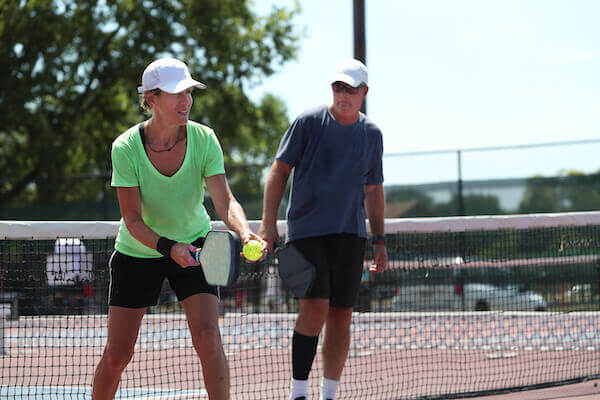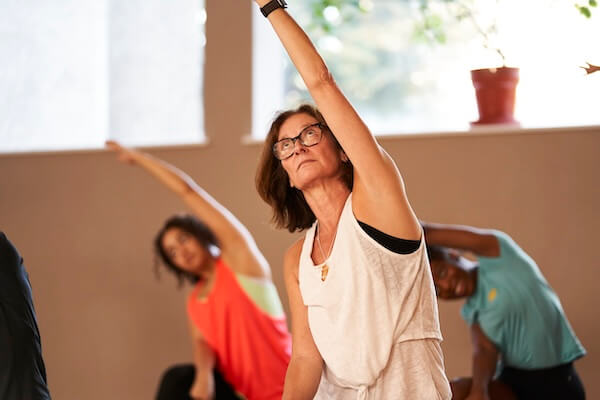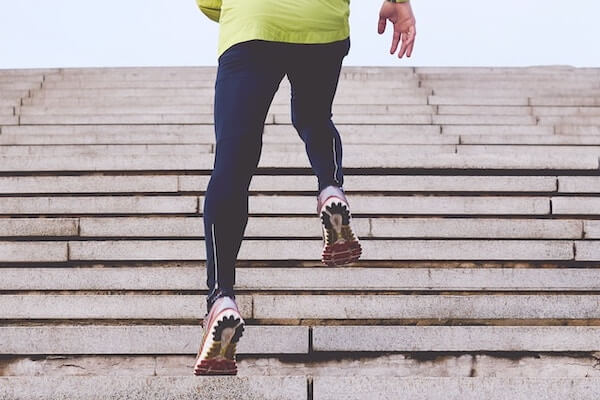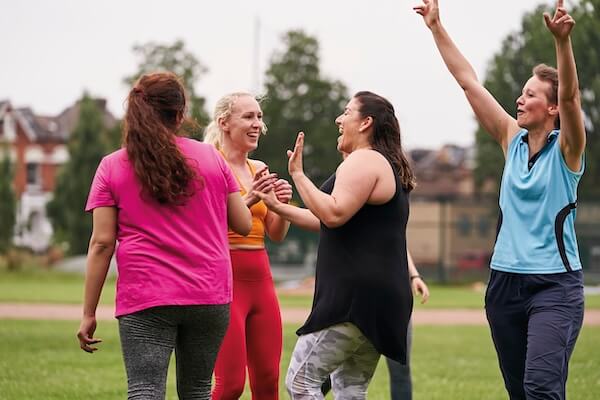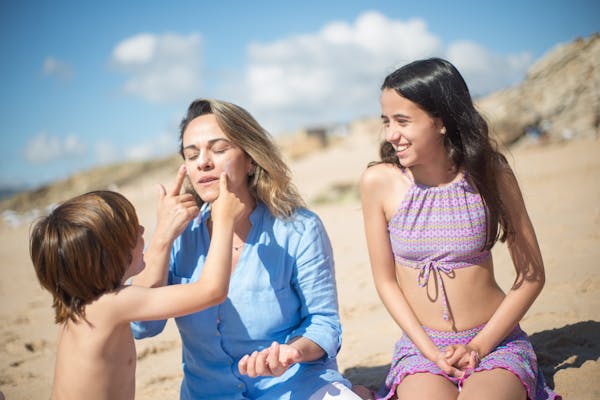
Welcome back, sunshine seekers! Today, we're delving into some fresh insights about sun exposure guidelines from the Australian and New Zealand Journal of Public Health. Whether you're hitting the waves for a surf session, playing a game of beach volleyball with friends, or simply soaking up the sun's rays while enjoying a leisurely walk along the shoreline, it's important to strike the right balance between basking in the sun's warmth and protecting your skin from its harmful effects. So, let's dive right in and discover how you can make the most of the summer sun while safeguarding your health for the long haul.
Important Disclaimer
Remember, sun exposure guidelines can change over time as new research emerges. That's why it's crucial to get advise from your GP. They can provide personalised advice based on your individual circumstances and help you stay sun-safe all year round.
Understanding the Risks
Sun exposure is a bit of a double-edged sword. On the one hand, it gives us that warm glow and helps our bodies produce essential vitamin D. On the other hand, overdoing it can lead to sunburn, premature aging, and even skin cancer. So, how do we find the sweet spot?
The Latest Research
A group of experts got together for a Sun Exposure Summit in March 2021 to tackle this very question. They pooled their knowledge and expertise to develop updated guidelines for Aussies looking to enjoy the sun responsibly.
Tailored Advice for Aussies
Here's the lowdown: not everyone's sun exposure needs are the same. Your risk factors, skin type, and lifestyle all play a role in determining how much sun exposure is safe for you. For instance, if you're fair-skinned or have a family history of skin cancer, extra precautions are in order. On the flip side, if you have darker skin or live in a sun-drenched area, you may need less sun protection but should still keep an eye on your vitamin D levels.
What precisely has changed?
After a summit held in 2021, cancer experts developed a revised position statement concerning the delicate balance between sun exposure risks and benefits for all adults in Australia. Endorsed by prominent organizations such as Cancer Council Australia and the Australasian College of Dermatologists, these new guidelines categorize individuals into three main groups, each with distinct risks and benefits concerning sun exposure.
Deeply pigmented brown to black skin: Individuals in this group are deemed to have the lowest risk of skin cancer from sun exposure. While they are at a low risk of skin cancer, they are prone to vitamin D deficiency due to requiring longer periods of sun exposure to attain adequate amounts. Therefore, routine sun protection is not necessary unless they spend extended periods outdoors.
Very pale skin and those with risk factors: This group faces the highest risk, with the guidelines advising stringent sun protection measures at all times. These individuals typically have very fair skin that burns easily and possess risk factors such as personal or family history of skin cancer, immunosuppression, or numerous large or atypical moles.
Other skin tones and those with no risk factors: This intermediate group necessitates sun protection while allowing for some outdoor time. They are at an intermediate risk of skin cancer and may have olive or pale brown skin with no other risk factors.
The recommended duration of outdoor exposure for vitamin D benefits depends on various factors such as location, time of day, time of year, and the extent of skin exposed.
What You Can Do
So, what does this mean for you? First and foremost, it's essential to know your own risk factors and tailor your sun protection habits accordingly. Whether you're hitting the beach or just stepping outside for a quick stroll, sunscreen, protective clothing, and shade are your best friends.
Wrapping Up
And there you have it— the latest insights on sun exposure guidelines for Aussies. It's all about finding that delicate balance between enjoying the sun's benefits and protecting your skin from harm. So, slap on that sunscreen, grab your favorite sun hat, and soak up the sun responsibly!


